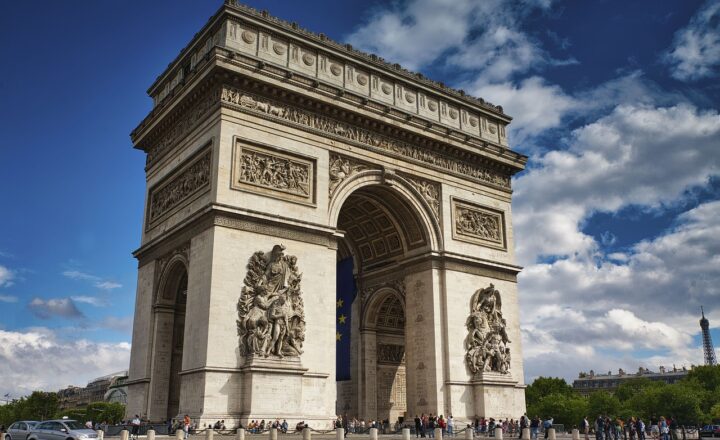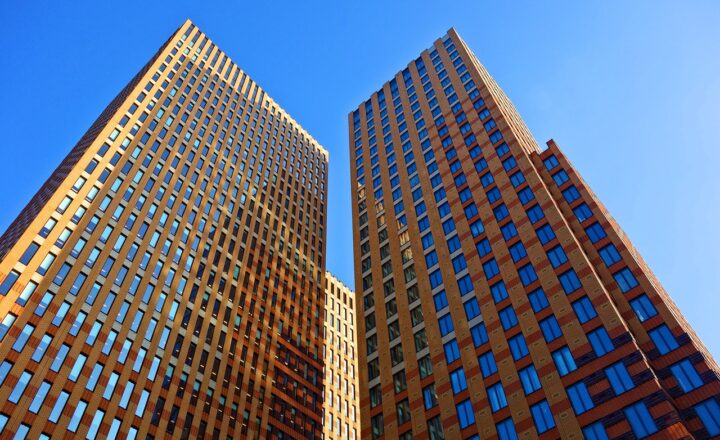The Stories Behind the World’s Most Iconic Skylines and Their Architecture
November 17, 2024

Skylines have always fascinated humankind. They are not just the outlines of buildings against the horizon but tell stories of innovation, culture, and bold aspirations. This article delves deep into the stories behind some of the world’s most iconic skylines and explores the architectural masterpieces that define them.
1. New York City: The Pinnacle of Urban Architecture
New York City’s skyline is perhaps the most recognizable in the world. The towering structures, including the Empire State Building, One World Trade Center, and the Chrysler Building, are not just architectural feats but symbolize the dreams of a generation. Each building tells a unique story reflecting the economic and cultural dynamics of its time.
The Empire State Building was completed during the Great Depression in 1931, a time when the world was in financial turmoil. This colossal 102-story skyscraper stands at 1,454 feet tall and was once the tallest building in the world. It represented hope and resilience, becoming a quintessential symbol of New York.
The Chrysler Building, completed in 1930, is a masterpiece of Art Deco architecture. Its elegant spire and exquisite ornamentation echo the ambition of New Yorkers to push architectural boundaries. The building’s design pays homage to the automotive industry—its creator, Walter Chrysler, was the founder of the Chrysler Corporation.
2. Tokyo: A Blend of Tradition and Modernity
Tokyo’s skyline is a visually stunning juxtaposition of modern skyscrapers and traditional structures. Iconic buildings like the Tokyo Skytree and Mori Tower stand alongside historical landmarks such as the Imperial Palace and Senso-ji Temple.
The Tokyo Skytree, standing at 2,080 feet, is not just the tallest structure in Japan but also serves as a broadcasting and observation tower, providing stunning views of the city. This architectural marvel was completed in 2012, reflecting Japan’s dedication to blending cutting-edge technology with traditional aesthetics.
In contrast, Senso-ji, Tokyo’s oldest temple, dates back to 628 AD. Its presence in the midst of towering modernity serves as a reminder of Japan’s rich history and the importance of tradition amidst progress. The skyscape tells a unique story of how Tokyo honors its past while continually reaching for the future.
3. Dubai: The City of Superlatives
Dubai’s skyline has transformed dramatically over the past few decades and symbolizes luxury, ambition, and modernity. It is home to the world’s tallest building, the Burj Khalifa, which towers at a staggering 2,717 feet. Completed in 2010, the Burj Khalifa is an engineering marvel adorned with more than 24,000 glass panels.
The design of the Burj Khalifa was inspired by Islamic architecture, particularly the lily flower and the traditional patterns found in Middle Eastern culture. Its towering height and elegant silhouette exemplify Dubai’s aspirations to become a global center for tourism and business.
But beyond the Burj Khalifa, the skyline is dotted with innovative structures like the Burj Al Arab, shaped like a billowing sail. This luxurious hotel has become a symbol of opulence and mischief, as it was built on a man-made island and features its private helipad.
4. Sydney: Nature Meets Urban Design
Sydney’s skyline is perhaps one of the most beautiful blends of natural scenery and architectural brilliance. The Sydney Opera House is the crown jewel of this skyline, famous for its unique sail-like design that appears to float on the waters of Sydney Harbour.
Designed by Danish architect Jørn Utzon, the building was completed in 1973 and represents the artistic spirit of Australia. Its organic shapes and the use of concrete shells were revolutionary at the time and have become emblematic of Sydney’s cultural landscape.
The adjacent Sydney Harbour Bridge, completed in 1932, complements the Opera House and is an important part of the city’s infrastructure. This arch bridge connects the central business district with the North Shore, showcasing the ingenuity and engineering capabilities of its time. Together, they create a stunning visual that celebrates both architecture and nature.
5. Shanghai: A Testament to Economic Growth
Shanghai’s skyline is a testament to China’s rapid economic growth and modernization. The iconic Oriental Pearl Tower, standing at 1,535 feet, features a futuristic design with multiple spheres and a provocative color palette. This tower was constructed in the 1990s and serves as a significant cultural and tourism hub.
Adjacent to it, the Shanghai World Financial Center and the Shanghai Tower represent the city’s ambition to be a global financial center. The latter, standing at 2,073 feet, is now the second tallest building in the world and was completed in 2015. Its twisting shape symbolizes progress and a new direction for China.
The Pudong skyline, with its vibrant lights and innovative architecture, serves as a striking reminder of how far Shanghai has come in a relatively short time and stands as a symbol of modern China.
Conclusion: A Skyline Reflects a City’s Identity
In conclusion, the skylines of the world’s major cities reflect their identities, ambitions, and cultures. They tell stories of human resilience, creativity, and the desire to push boundaries. From the soaring heights of New York City to the luxurious structures in Dubai, each skyline represents the aspirations and dreams of its residents. As we look to the future, we can expect to see more iconic structures rise, telling new stories and building upon the legacy of those that came before them.
Each skyline not only enhances the architectural landscape but also serves as a part of the historical and cultural narrative that shapes our world today.








